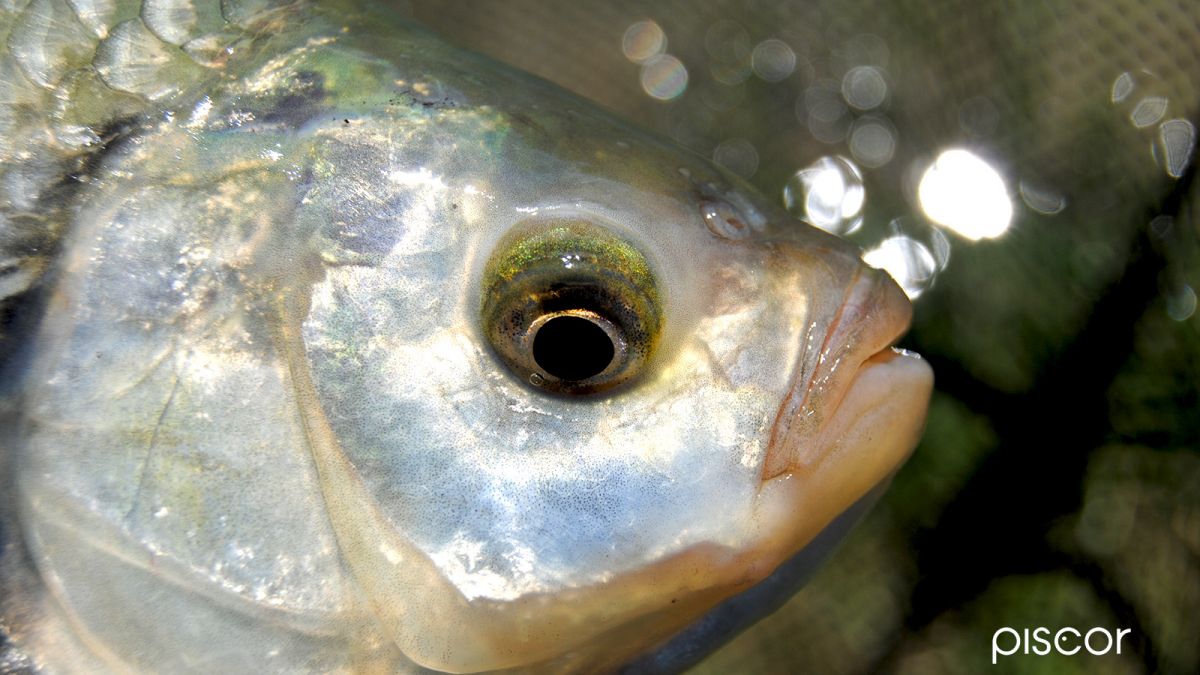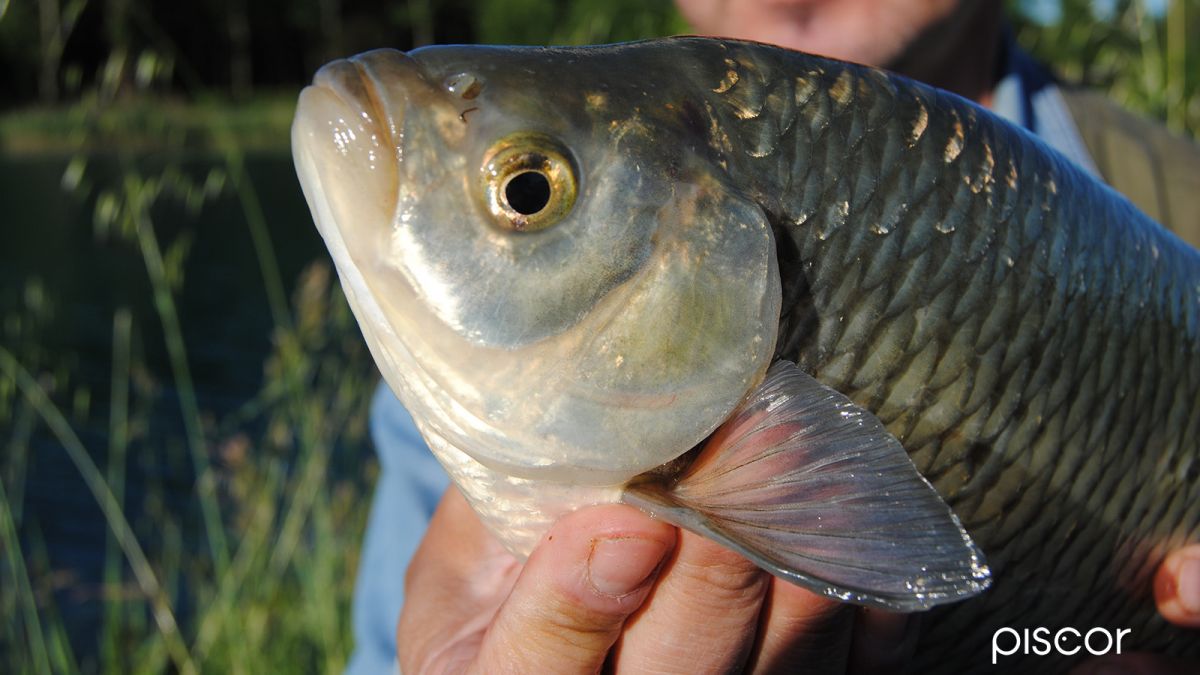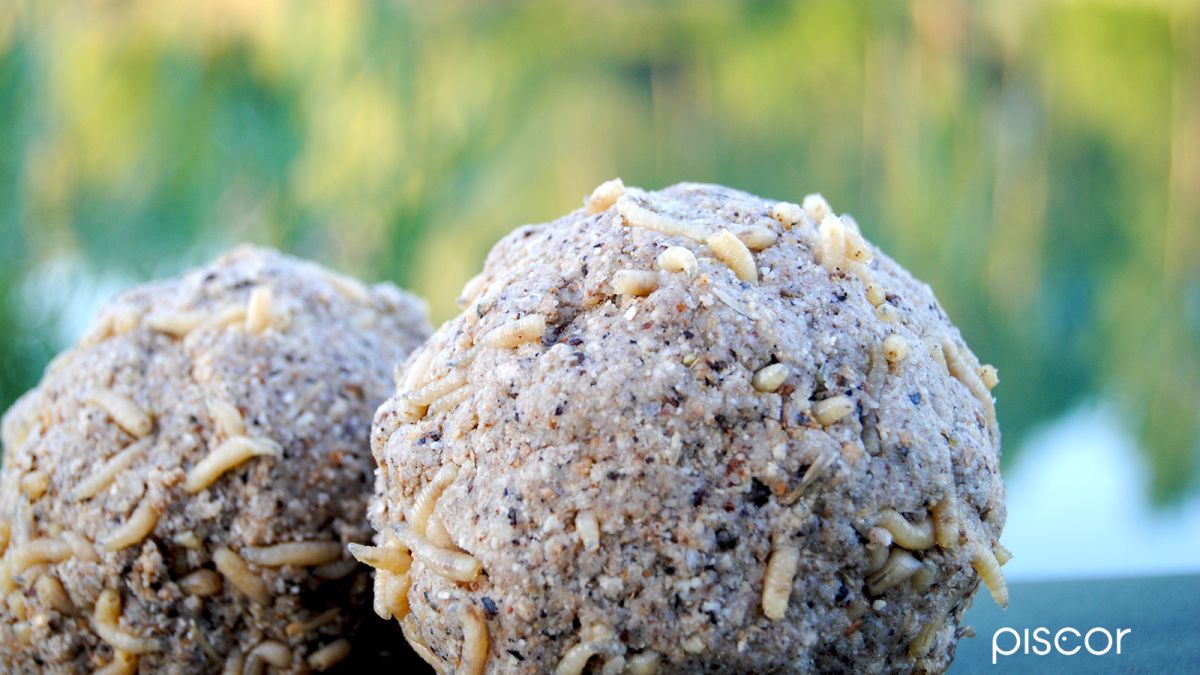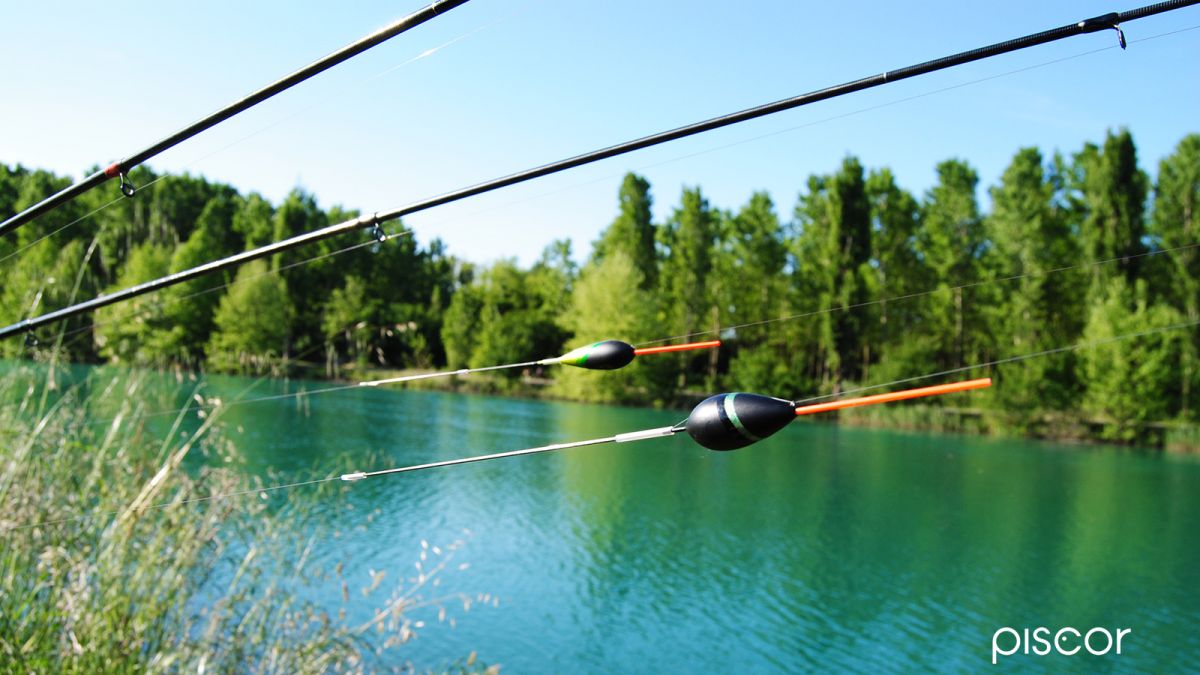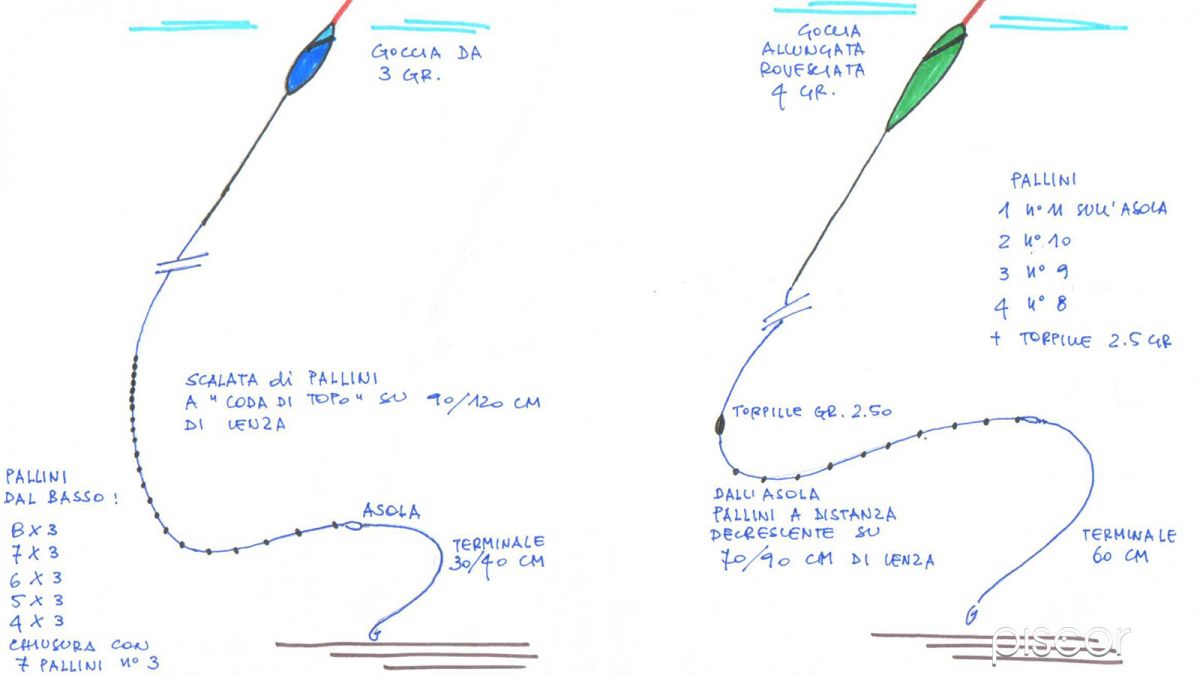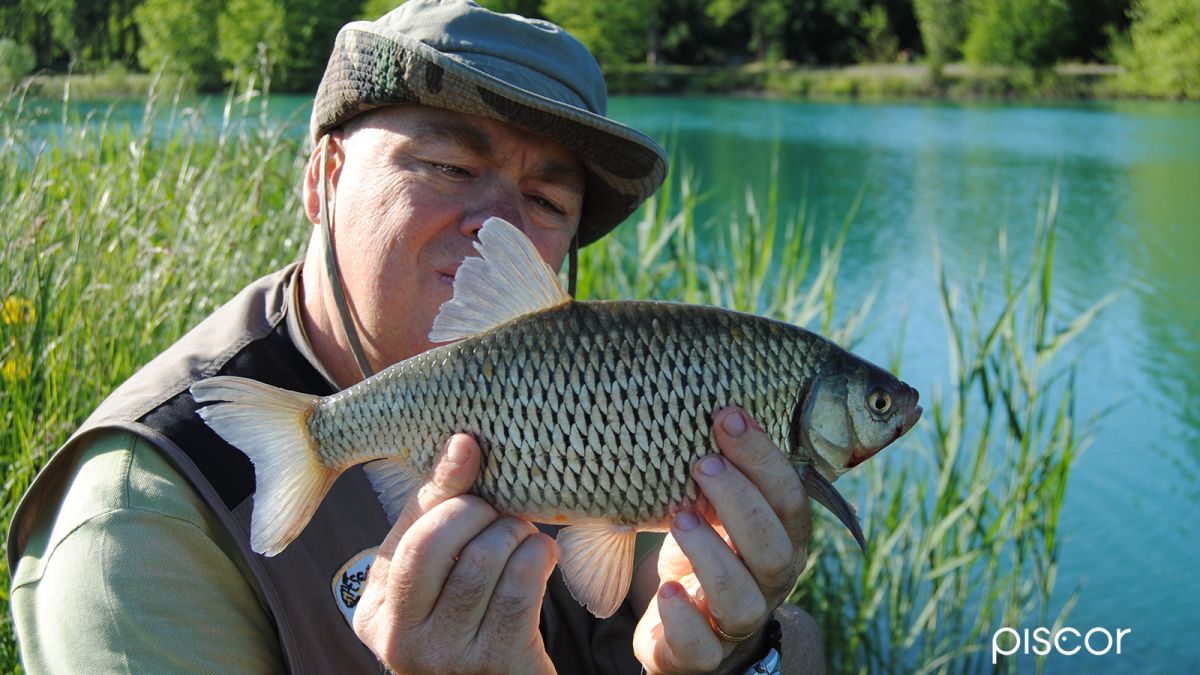The rudd is a very funny and technical fish to fish with different fishing techniques. The Bolognese is certainly the most loved by Italians as well as being the most fun and sporty.
Obviously we have to respect some basic rules to succeed in its capture because we are dealing with a very smart fish.
Let’s follow the advice step by step ...
Observe and apply
Observing the morphology of the fish provides important information on how and where to present the bait.
The rudd has large eyes almost like a predator, where sight is an important way to feed. The flattened shape of the body facilitates the fish moving in environments full of obstacles, such as thick grassy areas.
The shape of the mouth, pointing upwards, indicates where the rudd loves to look for food on the opposite side of where rooting fish are such as barbs, carp and bream.
If the bait, maggots or corn, travel just outside the aquatic grasses or just above them the encounter with the fat rudd that live there is almost obvious.
Using "drowned" maggots or crushed corn is used to further lighten the deception, preventing it from hiding, losing its effectiveness, among the grasses of the seabed. In extreme cases even a flake of bread just pointed on the hook becomes a mouthful that is unlikely to be ignored by our friend.
Baiting with judgment
All the fishing action, from the preparation of the setting to the baiting, must take into account the abundance of aquatic vegetation present in the stretches of the river where the rudd is placed.
In particular, it must be avoided that larvae and flours go to hide inside the aquatic grasses, making every attempt to attract the fish in the vicinity of our bait vain.
The flours must be wet to get the disintegrationjust before the arrival on the bottom, some empty pass can help to understand where there are corridors with less abundant grass more suitable to start the work of recall.
The addition of live larvae helps the ball to work properly by speeding flaking, combining a greater quantity of larvae is simple: just freeze the maggots at least the evening before the session and add them to the groundbait just before wetting the flour, this way he obtains a ball rich in larvae equally attracting that supports a greater quantity of the same without the mechanics of the ball undergoing important variations.
This is possible by virtue of the weak current that allows profitably even the use of simple larvae slinging, in small doses, always upstream of the point where you enter fishing, in this way even some big chub can join the banquet.
When the form counts
The floats used have different shapes and characteristics while maintaining both a good feeling on eating and stability in running in current: the first, 3 grams, has a long drift in carbon, wire loop stop on the body in a classic position and full plastic antenna painted.
The drop shape, if carefully calibrated, ensures a perfect reading of even the most delicate eaten and lends itself to an accompanying past without restraint with the bait detached from the bottom.
The second, that is 4 grams, always has the carbon stem and the ring attached externally on the body. The elongated and inverted drop shape, designed for faster water, allows a prolonged and continuous hold to favor the fluctuating movements of the bait with a rather long rig.
The hollow antenna, thicker and colored in translucent, gives excellent visibility when the high sun produces on the surface of the water annoying reflections and continuous changes of light.
A couple of alternatives
Often, two ways of setting the distribution of the shot leads and different geometries to present the bait, but equally effective, give good results. With a current that required about a couple of grams of lead we alternated two lines, one of 3 grams and one of 4 grams.
The choice of weights slightly oversized compared to the strength of the water flow allows an entry into fast fishing without having to stretch all too far upstream from the baiting point.
In the first we have created a rather open release of shot leads in the classic geometry of "mouse tail", starting with a lead of 8 and climbing every 3 lead of a measure to finish with 7 dots of the No. 3 for a low center of gravity compared to about 6 depth meters.
A medium-length rig, around 30/40 cm and a depth set well detached from the bottom have allowed to pass the bait over the grass without making any type of restraint, simply accompanying the float on the pass line leaving to the leads the only task of supporting the bait without inclinations with compared to the float. The low center of gravity ensures the rapid perception of the driest eats.
In the second case, the choice of a 4 grams is dictated by a less dense shot lead release with torpille. On the buttonhole the first lead is of the No. 11 with the second of the No. 10 well spaced as well as the third lead of the No. 10. The distance decreases until the torpille to which you leave the task to calibrate a large part of the scope of the float.
A constant, but not excessively forced, restraint allows a very light bass line and the long rig to travel well spread over the grass anticipating the bulk of the setting.

